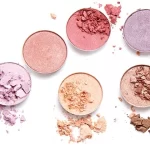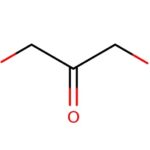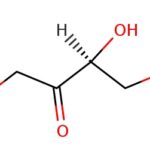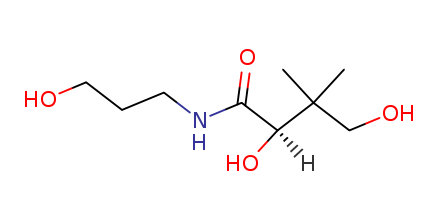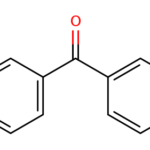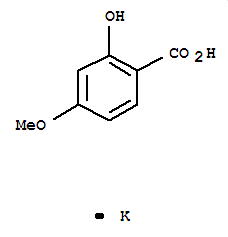Introduction
Octyl 4 Methoxycinnamate is a chemical component widely used in daily sunscreen cosmetic products, which can absorb ultraviolet rays from the sun and protect the skin from ultraviolet burns, and is one of the most widely used ultraviolet absorbers, as well as an insoluble in water transparent liquid.
In the 1950s, companies began using Oction as a form of UV protection. It works by absorbing ultraviolet radiation from the sun. This is the type of ultraviolet rays most closely related to sunburn and skin cancer.
Manufacturers usually combine octons with other substances that prevent skin absorption. This minimizes the risk of impact on the health of others. However, the skin can still absorb a small amount of reliable sources.
Octyl 4 Methoxycinnamate is a UVB filter found in 90% of sunscreens in the United States. It has been approved by the US Food and Drug Administration (FDA) for use in cosmetics and medicines.

Sunscreen Mechanism
Octyl 4 Methoxycinnamate has a large conjugated π-bond in its molecule. This conjugated structure can be viewed as having a benzene ring as its core, extending on one side to include the oxygen atom in the substituent methoxy, and on the other side to include the double Chemicalbook bond and ester group in the other substituent. This conjugated structure determines that the substance has the property of absorbing ultraviolet light. Experiments reveal that octyl p-methoxycinnamate absorbs ultraviolet light in the wavelength range of 280-310 nm, with maximum absorption occurring at 311 nm.
Safety Imformation: Is Cynthian safe?
The United States and the European Union believe that the drug is safe at certain concentrations. The maximum concentration of ready to use products is 7.5% in the United States and 10% in the European Union.
Scientists classified octanol esters as compounds that interfere with the Endocrine system (EDC). EDC affects the Endocrine system responsible for hormone production and regulation in the body.
Although a small amount of octanol esters can penetrate the skin barrier, according to the results of this study, their ability to penetrate the skin barrier seems limited.
However, compared to other chemical ultraviolet filters, there is insufficient research on octanol esters.
Risks
Health risks
Several laboratory and animal studies have shown that when the concentration is high enough, occlusion can cause damage.
However, scientists use isolated cells or tissues, such as rats, in laboratory research and animal experiments.
The results of this study may indicate potential risks, but they do not always represent the impact of chemicals on humans.
So far, there has been no research on the effects of long-term exposure to sunscreen and other products on humans. According to a 2020 review, there is no research on how location affects fetal development
Existing evidence suggests that octanol esters:
- Causing dermatitis: Some people are allergic or sensitive to Action, which may lead to allergic Contact dermatitis. This type of eczema can cause itching and inflammatory rash in areas that come into contact with irritating substances. Another reaction is light Contact dermatitis, which is caused by allergens and ultraviolet rays.
- Hormonal effects: Oction is an EDC, but its potential to affect human hormones is still unclear. A short-term study in early 2004 found that face cream containing oction and other ultraviolet filters had little effect on male and female hormones after two weeks. However, this study only involved 32 people.
- Effects on the nervous system: A study on rat cells in early 2010 found that Bagua changed the release of important neurotransmitters and reduced the levels of Aspartic acid and glutamic acid. However, the dose of loction is very high and cannot be compared with the common doses of loction in humans.
At present, it is necessary to conduct Longitudinal study on the substance so that scientists can better understand the potential risks of the substance.
Environmental risks
Chemical ultraviolet filters, such as OCtions, have harmful effects on marine ecosystems. They exist in almost all trusted water sources in the world.
When coral dies and turns white, ultraviolet filters can cause coral bleaching. This in turn damages the entire ecosystem that supports coral reefs.
Scientists have also discovered ultraviolet filters in various fish species around the world, which may have serious impacts on the food chain.
Oction and other chemical ultraviolet filters are difficult to remove using typical wastewater treatment techniques. Therefore, many people choose “anti reef” sunscreen and other SPF products.
In the United States, some local and state authorities, including trusted sources in Key West, Florida, and Hawaii, have banned the use of location. Recently, similar credible source laws have been introduced in the Nggela Islands and Miami Beach.
Summary
Octyl 4 Methoxycinnamate is a kind of UV filter. It absorbs UVB rays from the sun and protects the skin from possible damage caused by these rays. It is a common UV filter in the United States that is found in sunscreen, moisturizer, lipstick and other products.
However, people are very concerned that chemical UV filters harm marine life. They can cause coral bleaching and have devastating effects on coral reefs. Due to the lack of sound and high-quality human research, it is currently unclear whether this drug is harmful to human health.
For those looking for environmentally friendly alternatives, many products contain mineral sunscreens, such as zinc oxide or titanium dioxide. People can identify these products by reading labels and looking for safety options for coral reefs.
Related Products






